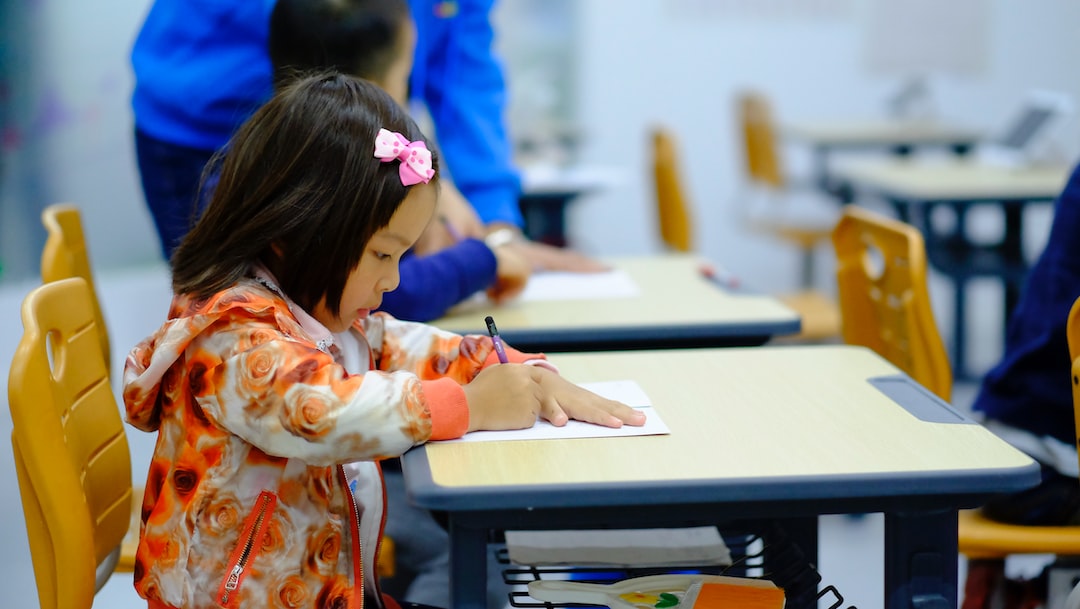Physical education is a crucial aspect of primary education, providing numerous benefits to children in their physical health and overall development. Many times, teachers only focus on academic subjects like Math, Science, and English while neglecting the importance of physical education. It is an essential subject for children to participate in as it contributes to their overall well-being throughout their childhood.
Physical education involves all types of activities that are performed in a physical environment. These activities involve endurance, strength, balance, flexibility, coordination, and other such qualities that build good health. The main aim of physical education is to encourage children to be physically active and develop their sense of movement. Hence, it is essential to include physical education in the primary curriculum.
One of the most critical benefits of physical education in primary education is that it helps children in maintaining good physical health. The exercises and activities performed during physical education help to improve muscle strength, joint flexibility, and cardiovascular endurance in children. These positive impacts can carry over into adulthood, leading to a longer and healthier life overall.
Moreover, physical education also contributes to the development of children’s mental health. Regular physical activities and exercise can help reduce stress and anxiety levels in children. They provide a fun and safe way to relieve tension and release energy productively, which can improve their mood and well-being.
Physical education can also aid in children’s academic performance. Many studies have shown that exercise causes an increase in blood flow to the brain, which in turn improves attention, focus, and memory. By encouraging physical activity, children can be better prepared to learn and process the information they receive in the classroom. This can help them achieve better grades, participate more actively in classroom discussions, and feel more confident in academic settings.
Physical education also promotes healthy social interactions between peers. Through games and sports, children learn the importance of teamwork, communication, and sportsmanship. They develop better relationships with their peers, all while having fun and learning to be active.
Furthermore, physical education can also help children develop a better sense of self-esteem and personal responsibility. Through activities and games, children learn how to set goals, make choices, and take responsibility for their actions. This provides them with practical skills and valuable life lessons that they can use in other areas of their lives.
In conclusion, physical education is critical for children’s overall development. It provides a variety of benefits, including improved physical health, mental health, academic performance, social skills, and self-esteem. Therefore, educators and policymakers should consider the essential role of physical education in primary education and prioritize it as an essential part of the school curriculum. By doing so, they can help create a healthier and more active generation that is better equipped to face the challenges of the 21st century.

